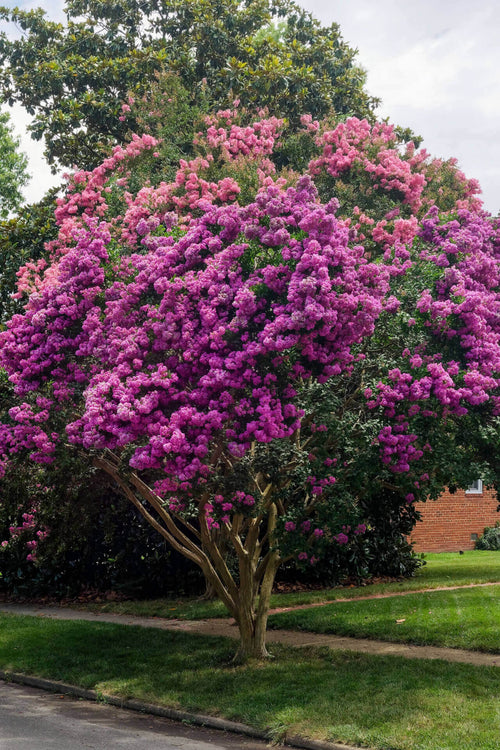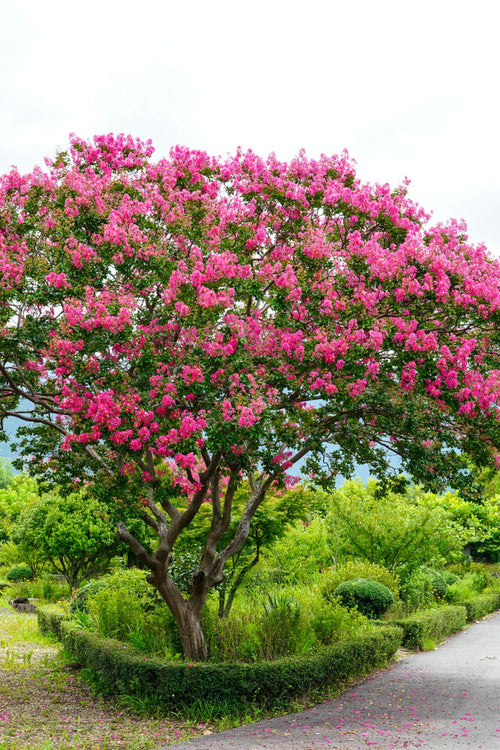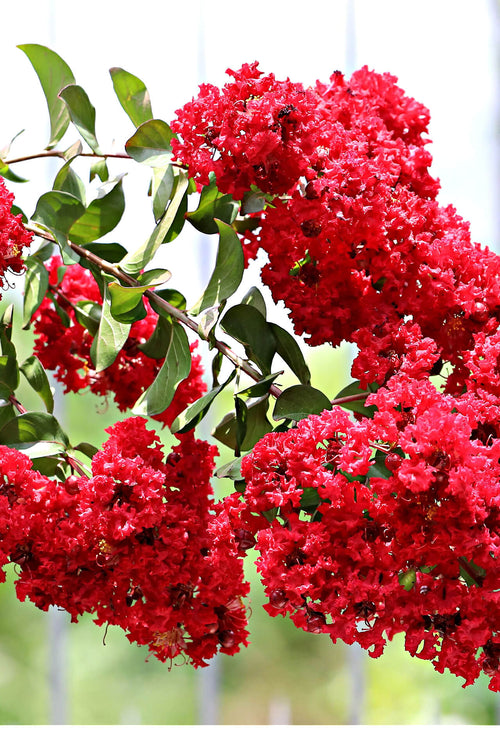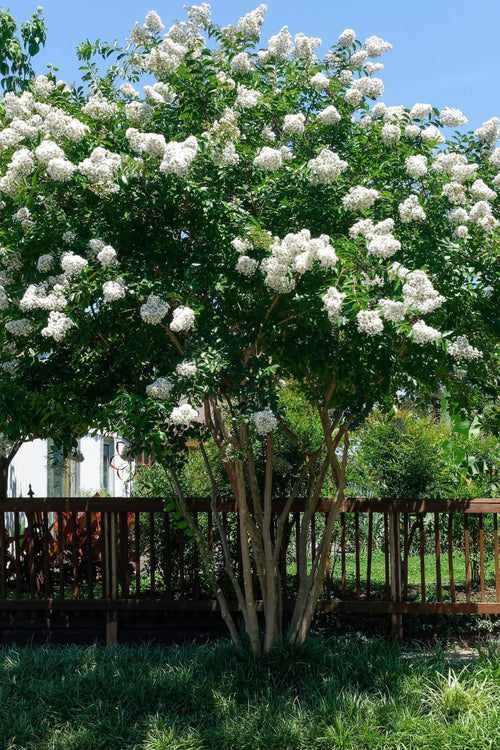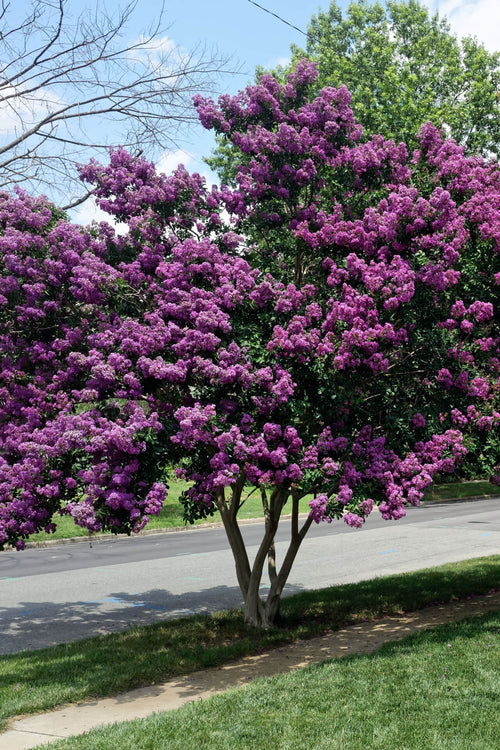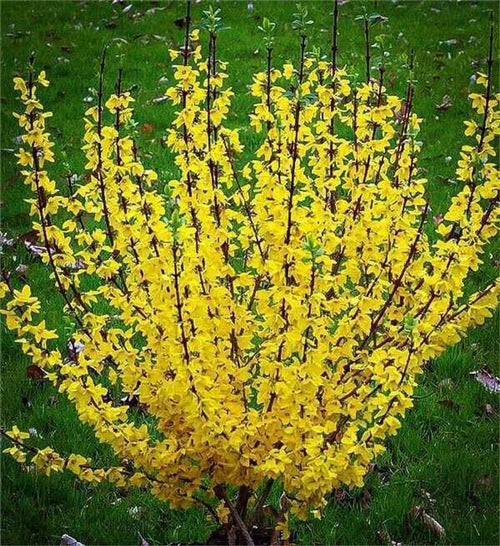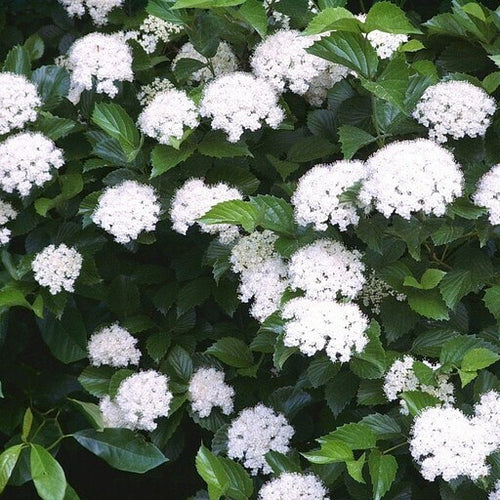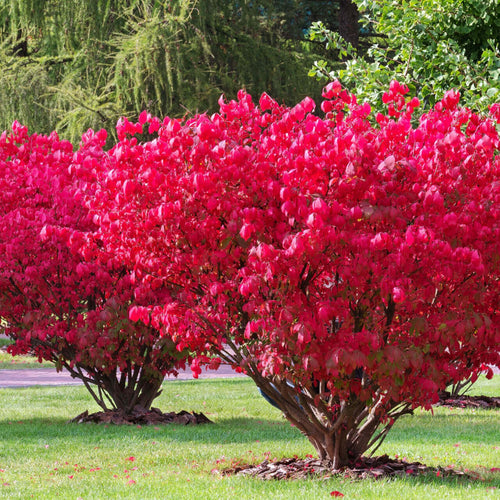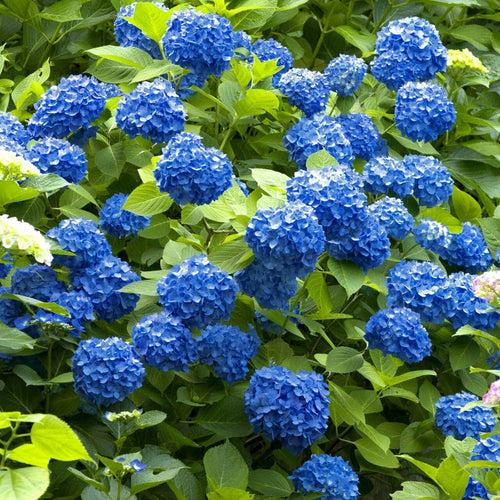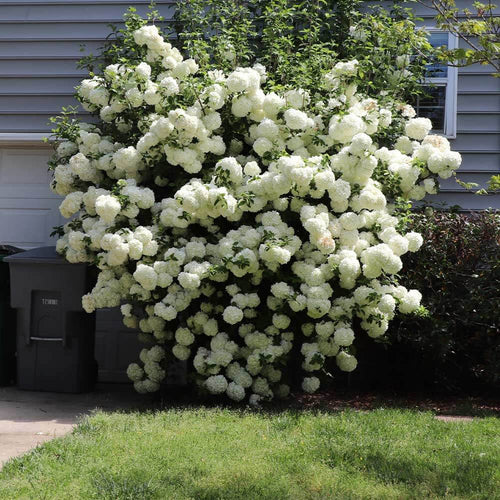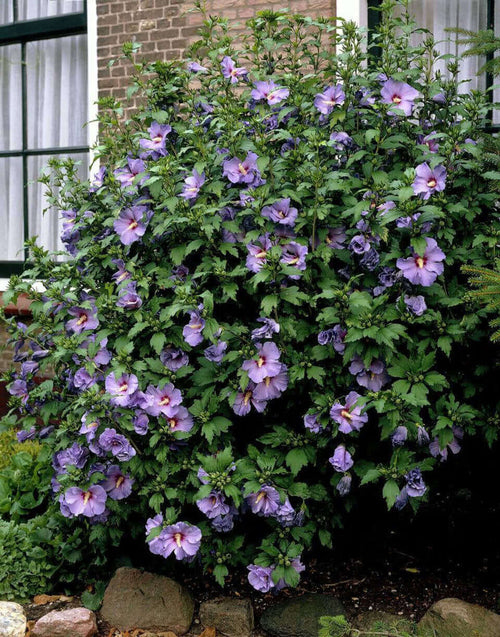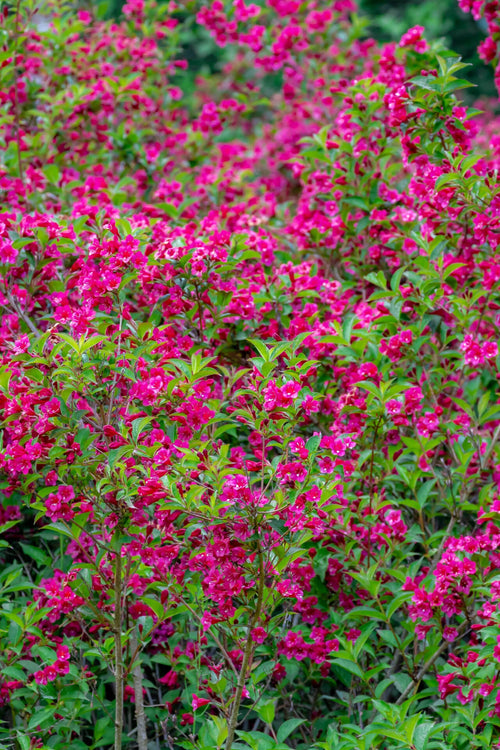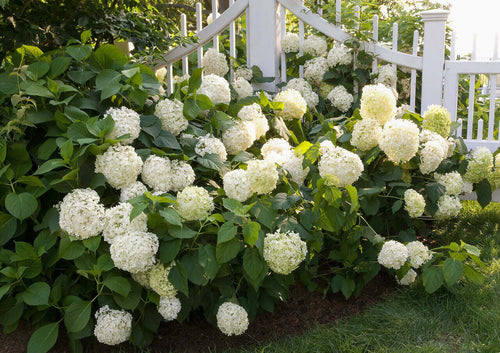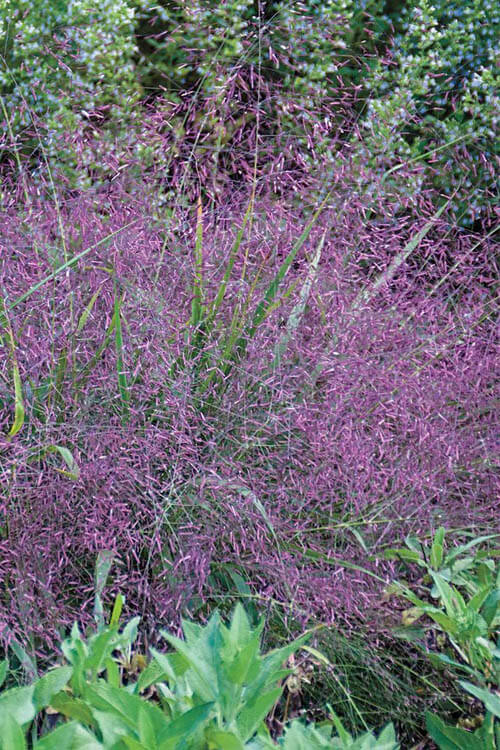Flowering Shrubs For A Burst of Color
A garden with vibrant colors can be pretty dull, and to make it bright and cheerful, you can grow many flowering plants and perennials. Lots of colors during the spring and summer seasons can add to the scenic beauty of any garden.
Gardening is all about being artistic and playing with different colors. It is pretty similar to painting, where you use your imagination, creativity, and favorite colors to paint a colorful picture.
You can use many flowering shrubs and bushes to create a ‘picture-perfect garden. These flowering shrubs bear colorful flowers in the blooming season. They are very diverse plants, and they can be used in any landscape to add colors.
Some easy to grow flowering shrubs that you can plant for their beautiful colors are:
These are possibly the most extensively used shrubs for landscaping purposes. There are many varieties of Crape Myrtle, but the common ones include Pink, Red, White, and Lavender Crape Myrtle. These are very adaptable plants, and they can easily be found in parks, parking lots, roadsides, and home gardens. The flowers are very bright, and a shrub is an excellent option for any garden design.
This is another deciduous shrub that produces bright yellow-colored flowers during the spring season. The flowers are very bright and dense. The heavy flower-laden branches can transform any landscape.
This shrub produces white or pinkish-colored dainty flowers that have a pleasing scent. It is a low-growing bush as compared to other flowering shrubs. Viburnum can be used as a hedge plant in the garden.
Burning Bush is known for its fiery red fall foliage. It is a fast-growing shrub that is very adaptable and drought tolerant. You can grow them as hedge plants or border plants in the garden. You can plant them anywhere, and they will stand out.
Hydrangea is another popular ornamental plant. Most cultivars bear very conspicuous white flowers, but some also produce pink or blue-colored blooms. The flowers cannot just transform your garden, but they can also be cut and used in flower arrangements indoors.
Rose of Sharon
This is a very showy flowering shrub that produces large pink-colored flowers. You can use it to create a beautiful accent in front of the house or the garden. This shrub attracts a lot of hummingbirds, bees, and butterflies.
You can also try growing other flowering shrubs that can brighten up even the dullest corners or areas in your garden. Azalea, Flowering Dogwoods, Weigela, Beauty Bush, Chokeberry, and Sheep Laurel are some wonderful flowering shrubs that can add a splash of bright colors to your garden.
Other TN Nurseries best selling shrubs:
Old Fashion Snowball
Purple Hibiscus
Red Weigela
Snowhill Hydrangea
Visit our online shop for a wide selection of plants and trees, or come say hi at our store location in Tennessee!
We offer fast shipping nationwide so you can start transforming your garden today!
If you have any questions about flowering shrubs or if you have any other plant needs, don’t hesitate to contact us at customerservice@tennesseewholesalenursery.com, we’d love to hear from you!

